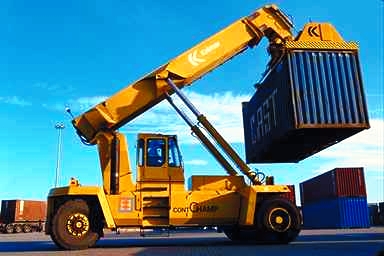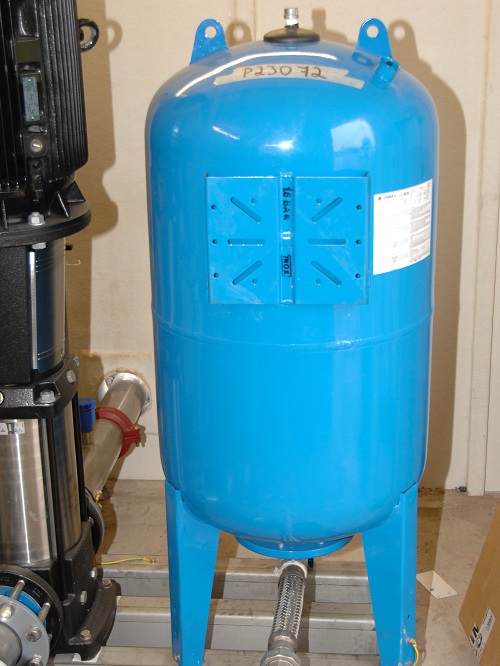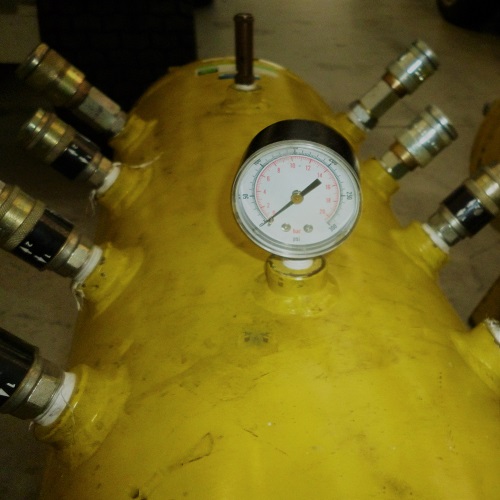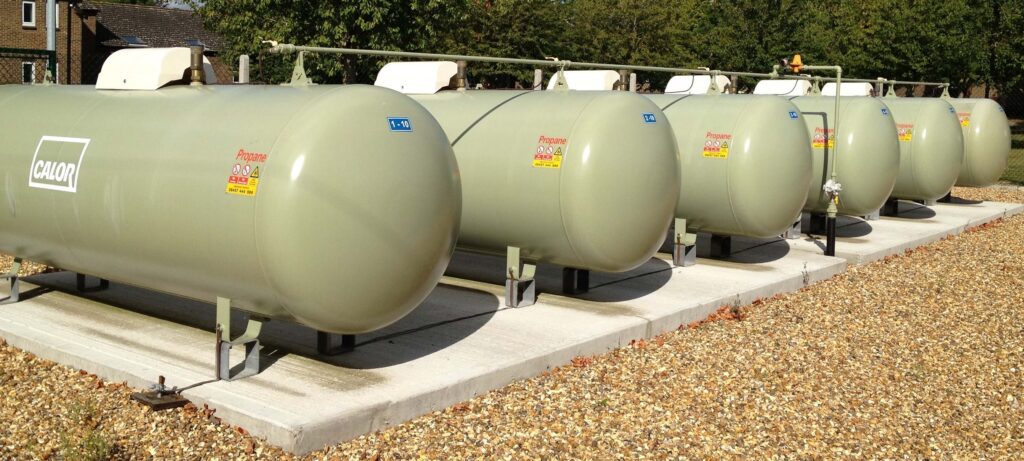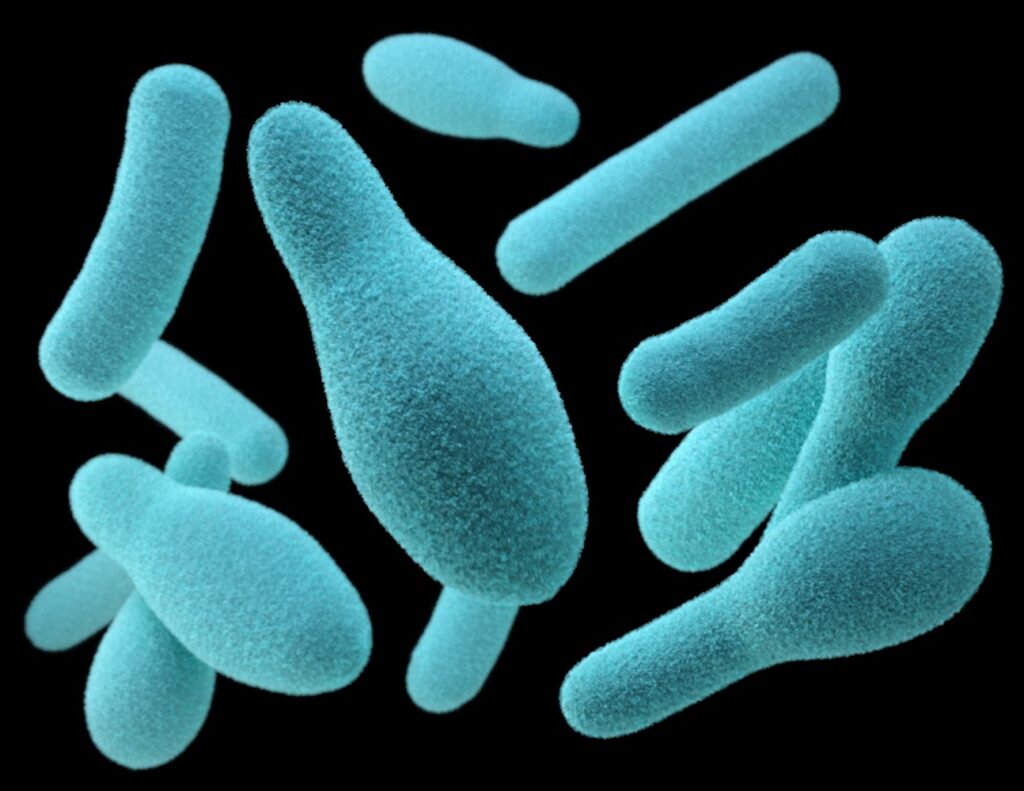We specialise in these legislations at LG Inspections – see how we can help you stay compliant.
HSWA – Health and Safety at Work Act 1974
The UK legislation covering virtually all statutory inspections that we undertake is the Health and Safety at Work Act 1974. This requires the ‘Duty Holder’ (normally the employer) to ensure that the workplace is as safe as reasonably practicable.
Periodic in-service inspection by a ‘Competent Person’ of plant and equipment considered to present particular risk is provided for by this legislation.
GOVERNING LEGISLATION
A series of Regulations have been made under the Act to give detailed implementation of the principals that it sets out.
- Control of Substances Hazardous to Health Regulations (COSHH) 2002
- Confined Space Regulations 1997
- Dangerous Substances and Explosive Atmosphere Regulations (DSEAR) 2002
- Lifting Operations & Lifting Equipment Regulations (LOLER) 1998
- Management of Health & Safety at Work Regulations 1999
- Manual Handling Operations Regulations 1992
- Pressure Systems Safety Regulations (PSSR) 2000
- Provision and Use of Work Equipment Regulations (PUWER)1998
These Regulations have the force of law, and failure to comply with any applicable aspect can result in prosecution.
STANDARDS & CODES OF PRACTICE
The principal standards and codes of practice used by LG Inspections are as follows:
- ACOP L113 Safe Use of Lifting Equipment
- ACOP L122 Safety of Pressure Systems
- HSE Guidance Note GS5 Entry into Confined Space
- PM5 Automatically Controlled Steam & Hot Water Boilers
- PM55 Safe Use of Overhead Cranes
- SAFED LG1 Thorough Examination & Testing of Lifts
- SAFED PSG1 Guidelines on Periodicy of Examinations
- UKLPG Codes of Practice
None of the above have the direct force of law but are Approved Codes of Practice (ACOP); if an ACOP is not followed it is for the Duty Holder to demonstrate that what they did was at least equivalent in effect, or they will be found directly at fault.
Codes of Practice and Standards do not as such have to be followed, but they are considered by the HSE and the courts as statements of ‘best practice’ and in the event of an accident and the applicable standard had not been adhered to it would still be for the Duty Holder to demonstrate that what they did was an equally good practice to avoid liability.
LOLER – Lifting Operations and Lifting Equipment Regulations 1998
LOLER 1998 REGULATION 9 – THOROUGH EXAMINATION AND INSPECTION
LOLER places a responsibility on the duty holder to consider the risks relating to lifting equipment and to put in place some means of controlling that risk. One such control measure is a thorough examination of lifting equipment. The duty holder under the law may elect for periodic thorough examination or consider some fundamental principles of risk assessment:
- Identify the hazards for the specific operating environments pertaining to the lifting equipment.
- Consider the frequency of hazard occurrence.
- Consider the utilisation and duty of the lifting equipment.
- Assess the level of control already in place.
- Assess the associated significant risks.
- Identify and recommend measures to control the risks.
- Operator’s competence• Maintenance regime
Lifting equipment is defined as “work equipment for lifting or lowering loads and includes its attachments used for anchoring, fixing or supporting it”
An accessory for lifting is defined as “work equipment for attaching loads to machinery for lifting”
PSSR – Pressure System Safety Regulations 2000
Pressure vessels containing any gas under pressure are subject to Pressure System safety Regulations 2000 (excluding vessels below 250 bar/litres). Bar/litres is is calculated by multiplying the volume of the vessel in litres by the Safe Working or Maximum Working Pressure in bars.
The regulations also apply to vessels that contain both gas and liquid such as bladder (pressurisation) vessels and surge vessels which exceed the 250 bar litre limit.
LG Inspections have more than ten-year experience in the inspection of vessels of up to 20,000 litres capacity.
Our thorough examinations include testing of safety devices and accuracy of pressure gauges with our own calibrated gauges (up to 1″ bsp).
The thorough examination includes a close examination of the internal surfaces of the vessel in order to determine the extent of corrosion and other possible defects not visible from a simple external examination. In cases where access to the internal surfaces are difficult, endoscopes are employed to assess vessel condition.
WRITTEN SCHEME OF EXAMINATION
As specified in PSSR 2000, In order to ensure that a full thorough examination is completed within the correct timescale, a Written Scheme of Examination must be available for the surveyor to conduct the examination of all relevant components of the system.
In the event of a Written Scheme not being available, in most cases, it will be possible to prepare a new document at the time of examination. the additional cost of of the preparation will depend on the complexity of the system.
LG Inspection Midlands Ltd can prepare a Written Scheme of Examination for new systems.
DSEAR – Dangerous Substances and Explosive Atmosphere Regulations 2002
LPG STORAGE
Since the devastating explosion in the basement of a Glasgow plastics factory in May 2004, the HSE and the UK LPG industry strongly advise that all underground metallic pipe work should be replaced with pipe work made from materials such as polyethylene.
Due to the extent of the buried pipe work which exists in the UK, the replacement is clearly a major undertaking. The HSE and UK LPG industry have developed a plan to prioritise the replacement of buried metallic pipe work based on the risk of failure. It is therefore the site owners/occupiers responsibility to ensure that the extent and condition of any buried metallic pipe work containing LPG is known. From this information a risk assessment can be made and a suitable priority given to replacement
LG Inspections carries expertise in the field of LPG bulk storage Risk Assessments which is available as a ‘one off’ or regular (usually annual) ongoing project which ensures that risks associated with the bulk storage of LPG and its distribution through pipe lines to points of use are kept to a minimum.
LPG Risk Assessments do not just include condition of underground pipe work. Matters such as condition of control devices, security, fire risk, consequence of leakage and maintenance are taken into account to provide a comprehensive and detailed document
Additional information can be obtained from:
HSE Storage Tank Regulations
HSE LPG Legal Framework
HSE LPG Safe Use
LEV & COSHH – Control of Substances Hazardous to Health 2002
LG Inspections have the capability to examine Local Exhaust Ventilation systems such as:
- Fume cupboards
- Welding fume extract systems
- Vehicle exhaust systems
- Paint booth extract systems
- Wood working extract systems
- Systems extracting potentially lethal gasses such as chlorine, methane and hydrogen sulphide
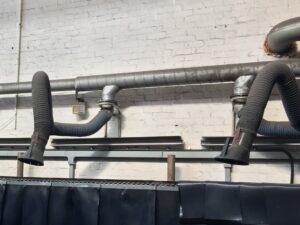
PUWER – Provision and Use of Work Equipment Regulations 1998
These Regulations, often abbreviated to PUWER, place duties on people and companies who own, operate or have control over work equipment. PUWER also places responsibilities on businesses and organisations whose employees use work equipment, whether owned by them or not.
PUWER requires that equipment provided for use at work is:
- Suitable for the intended use
- Safe for use, maintained in a safe condition and inspected to ensure it is correctly installed and does not subsequently deteriorate
- Used only by people who have received adequate information, instruction and training
- Used in accordance with specific requirements, for mobile work equipment and power presses
- Accompanied by suitable health and safety measures, such as protective devices and controls. These will normally include emergency stop devices, adequate means of isolation from sources of energy, clearly visible markings and warning devices
Some work equipment is subject to other health and safety legislation in addition to PUWER. For example, lifting equipment must also meet the requirements of LOLER, pressure equipment must meet the PSSR etc.
Legionella
Legionellosis is a collective name given to the pneumonia like illness caused by the Legionella bacteria. It is widespread in the environment and can be found in domestic hot and cold water systems. Legionella can be a fatal disease to the elderly and those with low resistance to infection.
The law is clear in that if you rent out your property then you have a legal responsibility to ensure the health and safety of your tenant by keeping the property safe and free from health hazards.
The bacteria can exist in the water systems in all sorts of properties and will multiply if adequate provision is not made to prevent it doing so. Left unchecked the consequences can be serious for tenants and the landlord.
Under the Control of Substances Hazardous to Health (COSHH) 2002, we are able to provide a cost effective and reliable assessment of your property in order to enable landlords or their agents to conform to the regulations.
We will provide impartial advice on such things as periods between Risk Assessments and methods of ensuring compliance.
Regulations requiring landlords to ensure the safety of their tenants are explained here:

